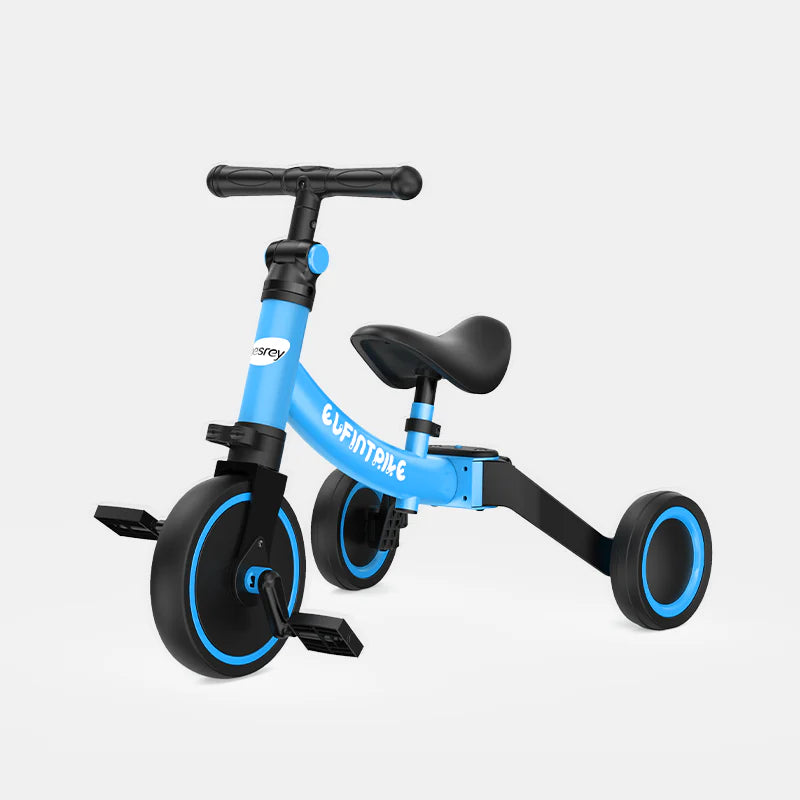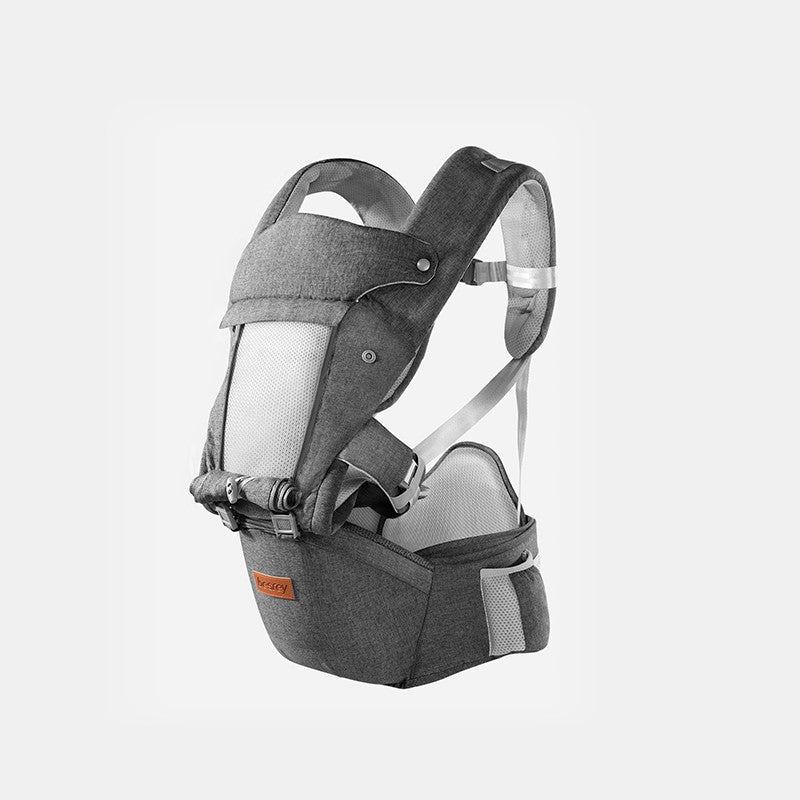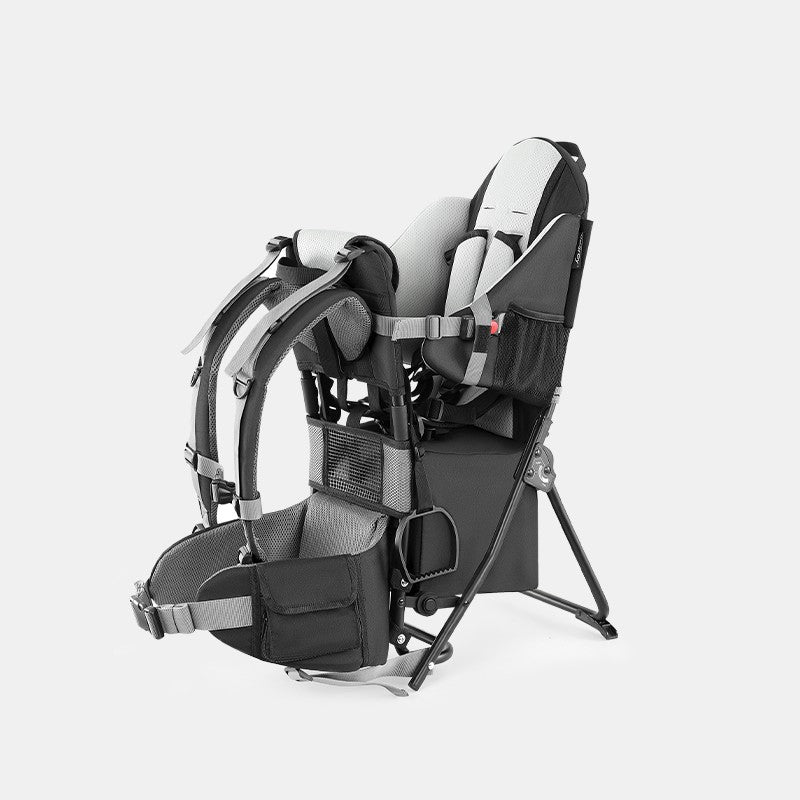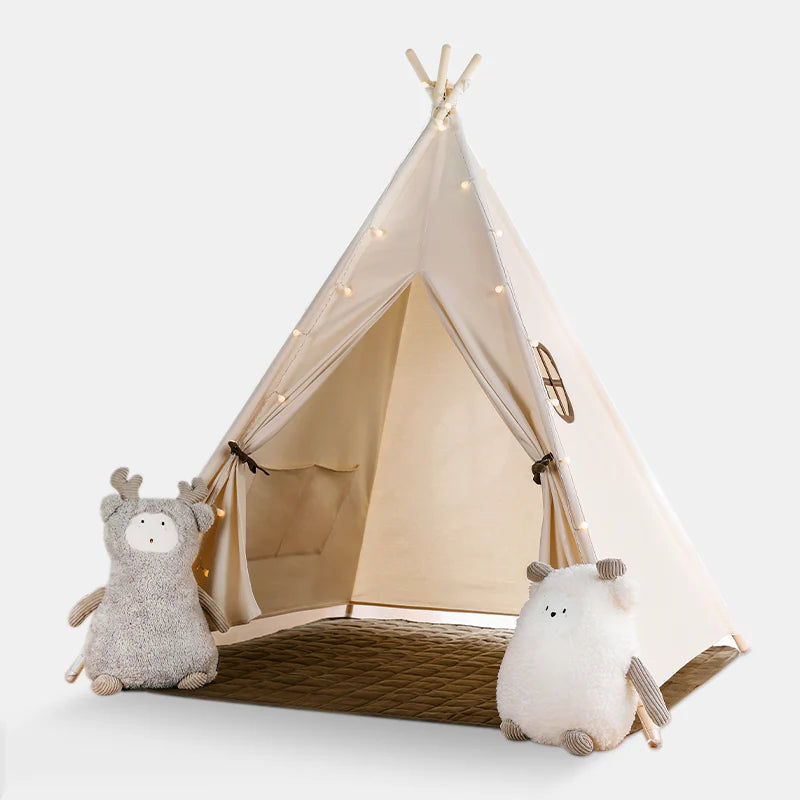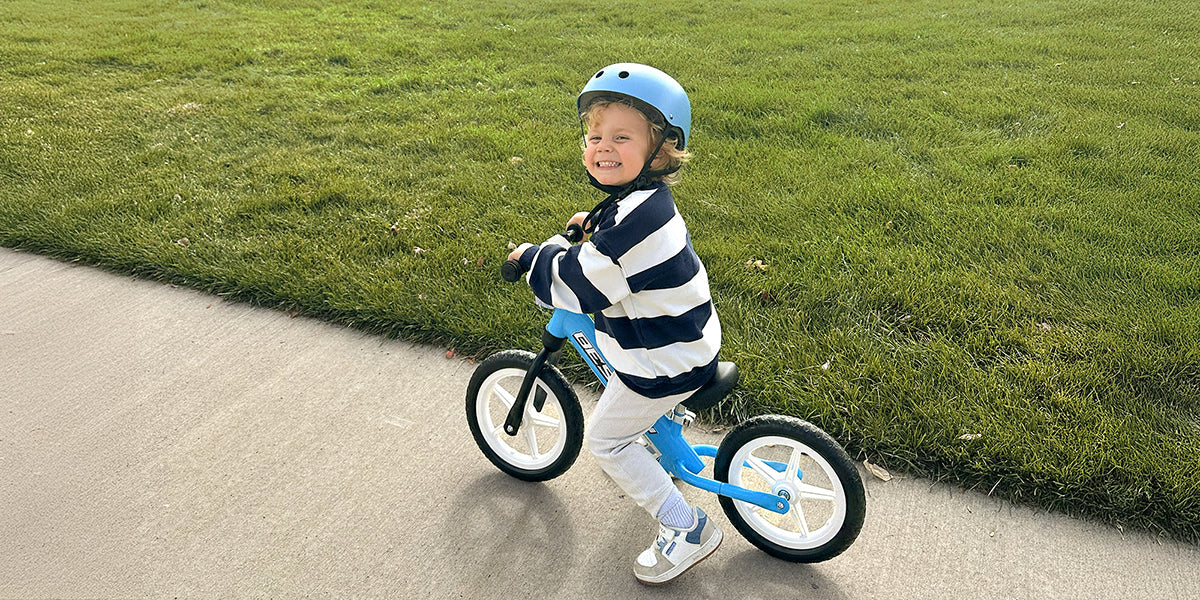Besrey- Oct 27 2025
6 Pro Tips for How to Get Baby to Nap Longer

If your baby naps for twenty minutes and then wakes up smiling, you’re not doing anything wrong. Some babies are light sleepers, and some just need a little help learning how to rest longer. It took me months to figure out what worked for my kids, and what didn’t. Here’s what helped most.
1. Notice the First Signs of Sleepiness
Babies don’t go from wide awake to ready for sleep instantly. They give little clues first like rubbing their eyes, turning their head away, or going quiet during play. If you can start nap time when you see those early signs, they’re more likely to fall asleep calmly and stay asleep longer. Waiting too long often means they’re overtired, and that makes it harder for them to settle.
2. Keep the Nap Setup the Same
After a while, babies start to recognize the space where they nap. Using the same room, the same lighting, and the same sounds helps signal to them that it’s time for sleep. I used a small white noise machine to muffle household noise, especially when my older kids were home. For toddlers, they may prefer napping in a comfy space like the Besrey teepee.
3. Create a Calm Routine
I used to think a nap routine had to be complicated, but it doesn’t. A clean diaper, a short song, and closing the curtains were enough. The point isn’t what you do; it’s that you do it the same way each time. That repetition helps your baby relax and understand what’s coming next.
4. Make Sure Their Tummy Is Full
If your baby is waking up from a nap too soon, they may be hungry. I found that feeding right before nap time made a big difference. Babies sleep longer when they aren’t running on empty. Try to keep the feeding calm and unhurried so they’re full and comfortable before laying them down.
5. Adjust the Awake Time
Every baby has a sweet spot for how long they can stay awake. Too little time awake, and they’re not tired enough. Too long, and they get overstimulated. Newborns might need another nap after only an hour, while older babies can handle two or three. Watch for patterns instead of following a strict clock. Once you find that window, naps start lasting longer on their own.
6. Wait Before Picking Them Up
Babies make a lot of noise in their sleep. Mine used to fuss, stretch, and even open their eyes before falling back asleep. I learned to wait a minute before going in. If they needed me, I’d hear the difference in their cry. But most of the time, they just needed a moment to resettle. Giving them that chance often turned a half-hour nap into an hour or more.
A Little Patience Goes a Long Way
There’s no single trick that works for every baby. Some need motion, others need stillness. Some outgrow short naps quickly, while others take months. Try one change at a time, keep things predictable, and give yourself credit for the effort.
One day, your baby will nap longer, and the quiet will feel strange at first. You’ll walk around the house not sure what to do with yourself, then remember the laundry or the coffee or maybe just a deep breath. That’s when you know things are getting easier.


